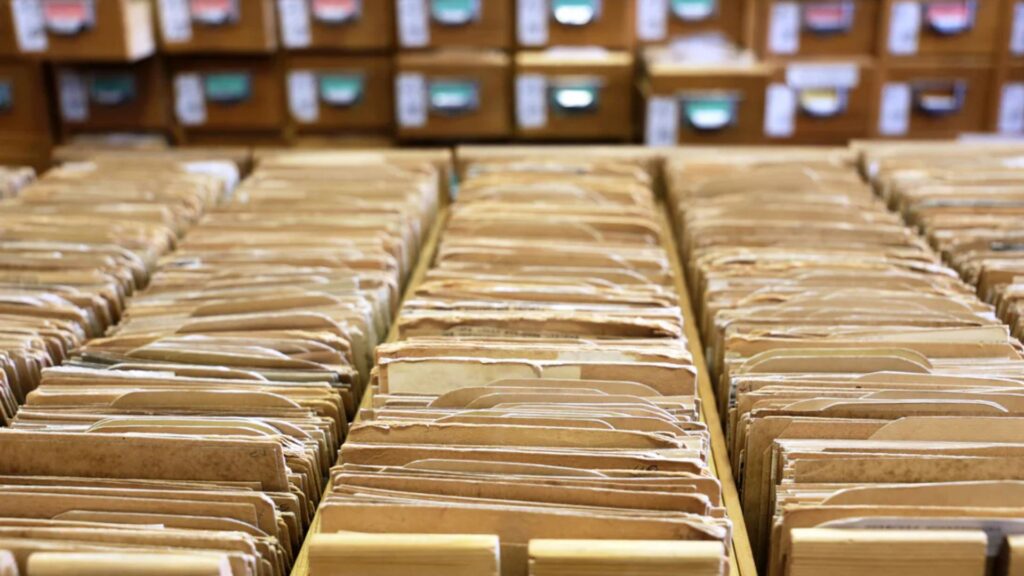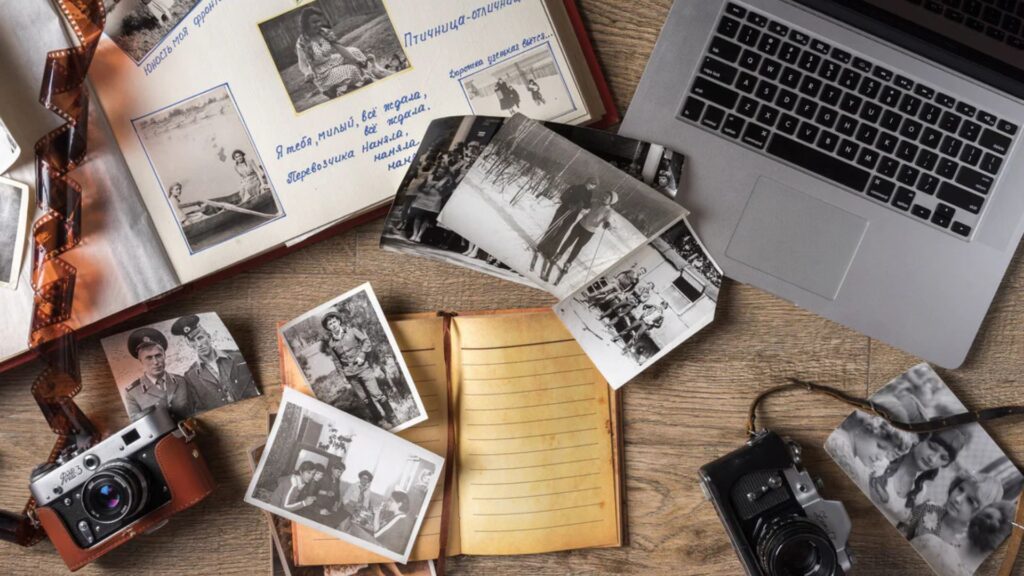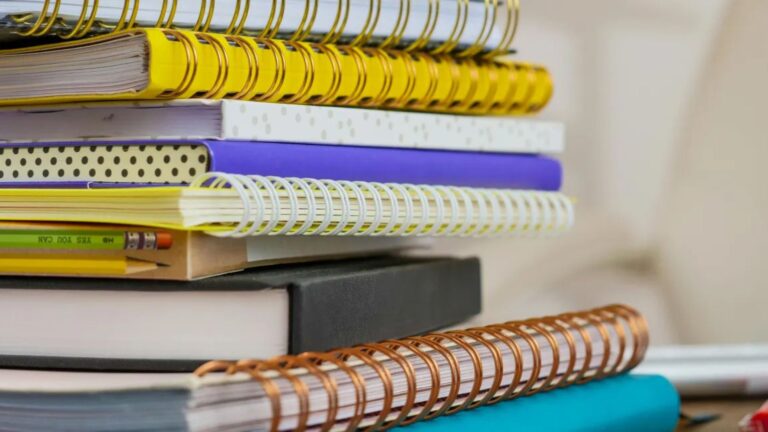
Preserving documents, photographs, and artworks over time isn’t just about safe storage—it’s about using the right materials from the start. Whether you’re managing historical collections, personal records, or professional archives, choosing archival-quality materials is crucial to prevent fading, yellowing, acid damage, and deterioration. Archival-quality materials are designed to resist environmental decay, chemical breakdown, and physical wear, ensuring your items last for decades—if not centuries.

What Does “Archival-Quality” Mean?
“Archival-quality” refers to materials that are chemically stable, acid-free, and designed to not deteriorate over time or harm the items they come into contact with. These materials meet specific industry standards for long-term preservation, particularly those set by institutions like the Library of Congress, ISO (International Organization for Standardization), and ANSI (American National Standards Institute).
To qualify as archival, materials must typically be:
-
Acid-free (pH 7.0 or higher)
-
Lignin-free (lignin causes yellowing in paper)
-
Buffered to neutralize acid migration
-
Non-PVC (polyvinyl chloride)
-
Made from stable plastics or pure cellulose fibers
Archival Paper and Board
Archival-quality paper is the foundation of long-term document storage and display. It’s used for documents, mounts, enclosures, folders, and boxes.
Key Features:
-
Acid-free and lignin-free: Prevents brittleness and discoloration
-
Buffered (calcium carbonate): Protects against external acidity
-
High alpha cellulose content: Ensures purity and stability
-
Cotton rag paper (25–100%): Offers superior longevity
Common Uses:
-
Certificates
-
Manuscripts
-
Legal records
-
Museum-quality printing
✅ Tip: Use archival paper for both the stored item and any interleaving to avoid acid transfer from one material to another.
Archival Storage Boxes and Enclosures
Storage boxes protect items from light, dust, insects, and physical damage. Archival boxes are made from acid-free, buffered board, often covered in inert papers or cloth for extra protection.
Types of Enclosures:
-
Hinged lid boxes for books or prints
-
Drop-front boxes for artworks or delicate items
-
Clamshell cases for rare books or manuscripts
For added protection, archival folders and envelopes (also acid- and lignin-free) can be used inside boxes to separate and organize materials.
Archival Plastics and Sleeves
Plastics used in preservation must be chemically stable, non-reactive, and free from additives like plasticizers that can damage items over time.
Safe Plastics:
-
Polyester (Mylar or Melinex)
-
Polypropylene
-
Polyethylene
These are commonly used for:
-
Photograph sleeves
-
Slide and negative storage
-
Oversized document protectors
-
Binder pages and display albums
❌ Avoid: PVC-based plastics, as they off-gas harmful chemicals and become sticky or brittle with age.
Binding and Adhesive Materials
When rebinding, mounting, or repairing archival materials, the choice of adhesives and tapes is critical.
Archival-Safe Options:
-
pH-neutral adhesives (e.g., wheat starch paste, methylcellulose)
-
Heat-set or pressure-sensitive archival tapes
-
Library binding threads and sewing materials made from linen or cotton
-
Non-acidic glues for mounting
✅ Important: Avoid common tapes, rubber cement, or glue sticks—they degrade and can stain or destroy materials over time.
Environmental Control Materials
To maintain long-term preservation, materials that help regulate environmental conditions are also considered archival tools.
-
Silica gel packets: Manage humidity levels
-
Buffered tissue paper: Interleave fragile documents or textiles
-
UV-filtering film or glass: Prevent light damage in displays
-
Acid scavengers: Neutralize off-gassing from older, acidic materials
Combining these tools with archival-quality containers significantly increases the life span of delicate items.
Standards and Certifications to Look For
When sourcing archival materials, look for products that comply with preservation standards:
-
ISO 9706 – Paper permanence
-
PAT (Photographic Activity Test) – For photo-safe enclosures
-
ANSI/NISO Z39.48 – Permanence of paper for printed library materials
These ensure that the products have passed rigorous testing for long-term stability.
Conclusion
Archival-quality materials are the cornerstone of responsible preservation. Whether you’re protecting artwork, historical records, or personal memories, using acid-free, stable, and non-reactive products ensures your items survive for generations. While archival materials may cost more upfront, they eliminate the need for costly restoration later and safeguard irreplaceable content.







